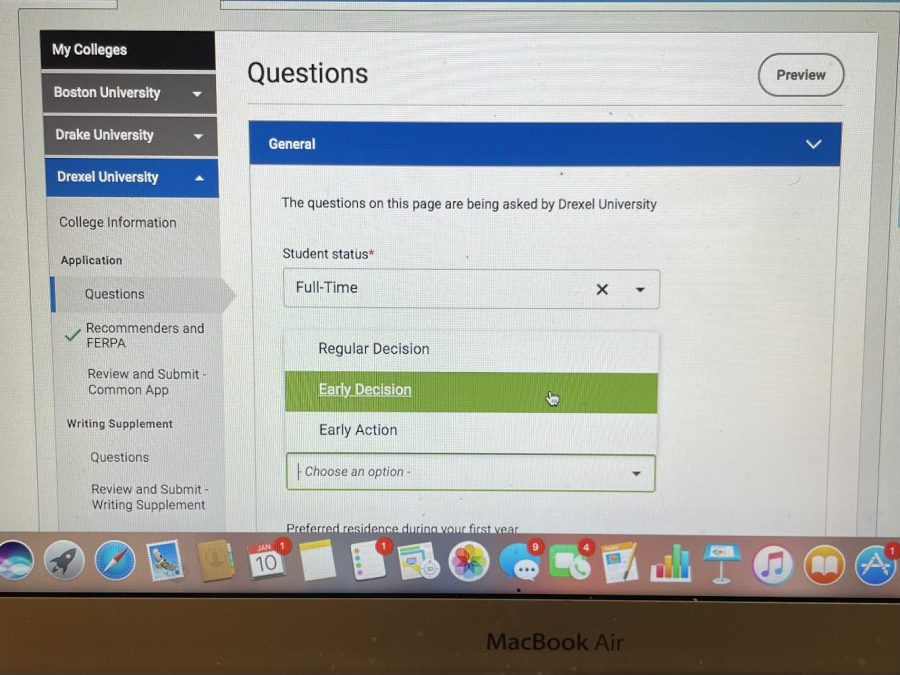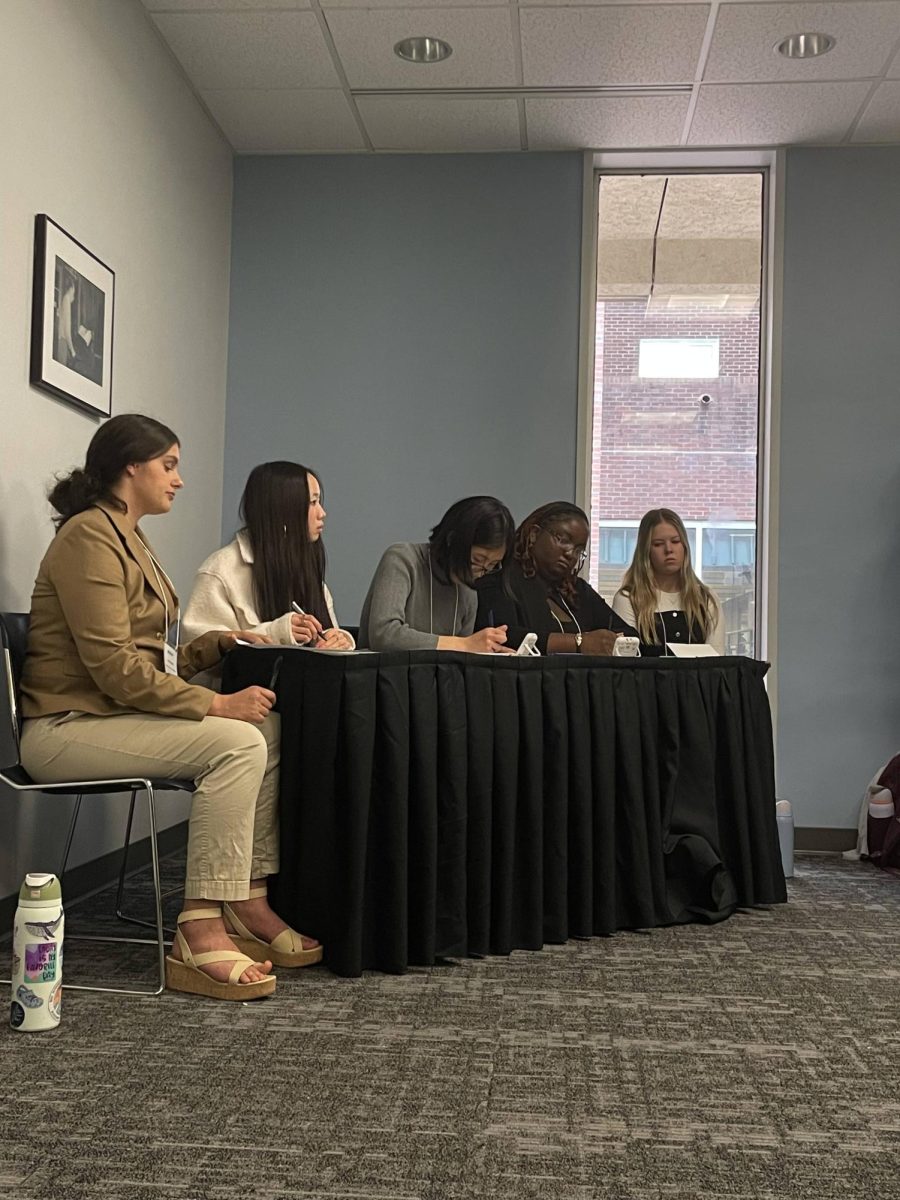December is the time when many high school seniors make big steps regarding their futures. Most applications are due, and many stressfully await their decision letters if they apply early.
There are four common types of college admission: Early Decision (ED), Restrictive Early Action (REA), Early Action (EA) and Regular Decision (RD). For those applying either ED, they can only apply to one school early, and for those applying REA, they can only apply to one private institution early. EA means one can apply to many schools. These schools will give them their answer in mid-December.
At this point in December, students can get one of three answers from the school they applied early to: accepted, deferred or rejected. For those who applied ED, an acceptance means their application process is complete, and they are contractually bound to go to that school and have to commit by the end of the month.
Choosing to apply ED can be a daunting task, but for Bea Sears who applied ED at Dartmouth College, the decision was easy.
Sears eagerly discussed her love of the school, “Last summer, I visited a lot of colleges and researched different places, but nothing stood out to me until I visited Dartmouth. Its campus has unmatched beauty. Also, I wanted to go to a school in the most competitive tier of academics because I’ve always loved to learn. Dartmouth is the perfect fit, so I decided to apply early decision so I could possibly end my college application process early!”
In December, Sears excitedly received an acceptance letter.
For those who applied REA or EA and received an acceptance, their application journey can still continue as they are not bound by the decision and do not have to commit to the school until May 1.
A deferral in any of the processes means the application will be reconsidered with the RD applicants in the spring. It is neither an acceptance nor a rejection.
And lastly, a rejection from a school after applying with any timeline means the student has not been given admittance to the college or university.
These students, who were rejected or deferred, have to redirect their future. Applying ED to any school means it is their first choice and when that plan does not end with an acceptance in December, many students scramble to finish and, in some cases, start applications to other schools.
Sears was lucky enough to have gotten accepted in the ED process so she did not have to submit any RD applications.
“I had started applications to about 5 other schools but did not submit any other applications. My sights were set on Dartmouth, so I struggled to passionately write about other schools. It was a huge relief when I was accepted because it meant I could stop worrying about applications,” she said.
Senior Tarun Annavajjula applied REA to Stanford University, a school with a 5.2% acceptance rate. Sadly, in December, he received news he was rejected from the school. Luckily, he was left in a good place in the application process.
“I continued to work through my other applications while awaiting my decision from Stanford. I had most of them complete and I only had to finish supplements so I did not feel that rushed after receiving my decision letter,” Annavajjula explained. “However, I have seen many people get really sad after receiving a deferral or a rejection and then not work on other applications causing them to scramble last minute since the due dates are really chlose to release dates.”
Any rejection is disappointing, but in these instances, it can be even greater as the acceptance rates for applying early or normally higher than for RD.
Looking on the bright side, rejection is simply redirection.









